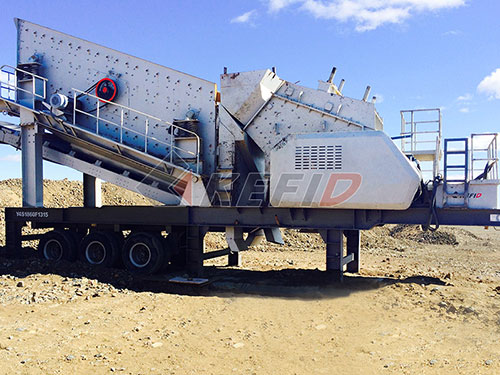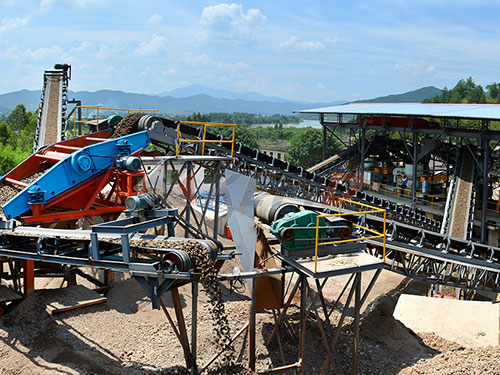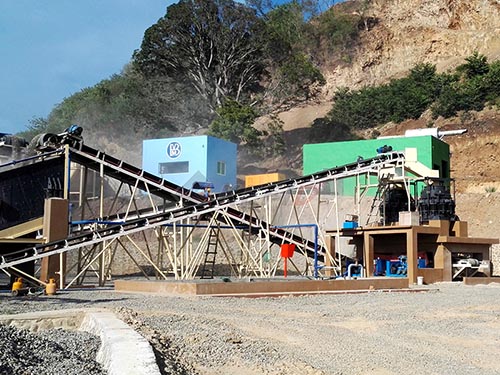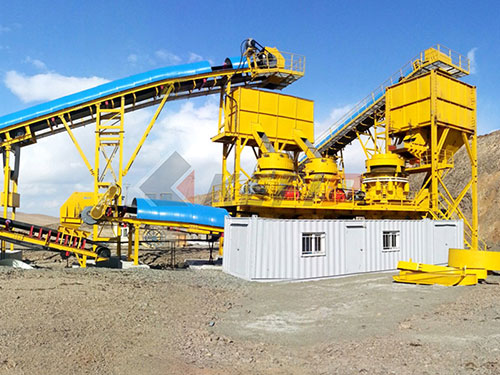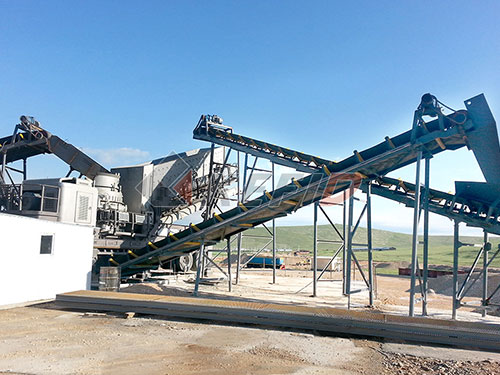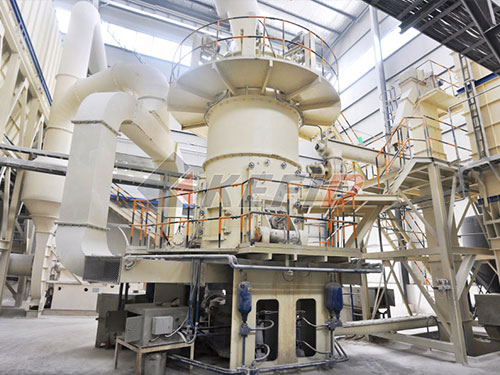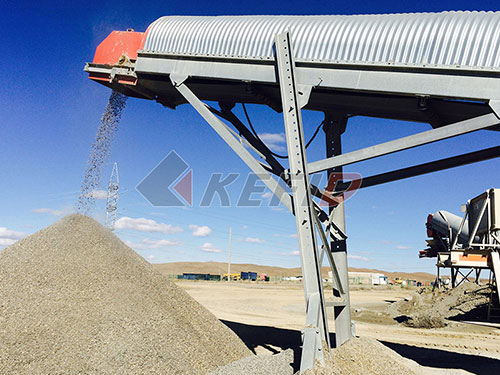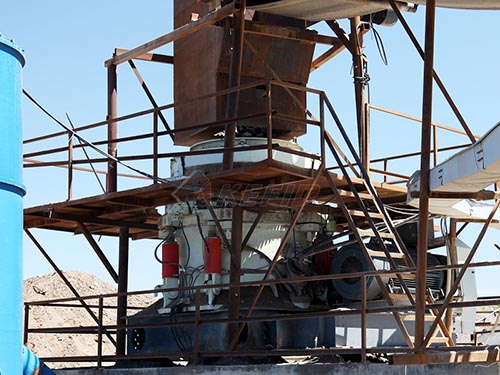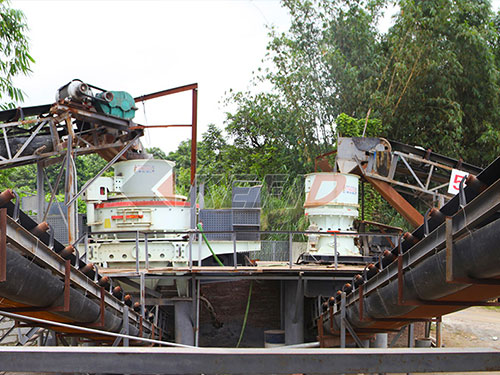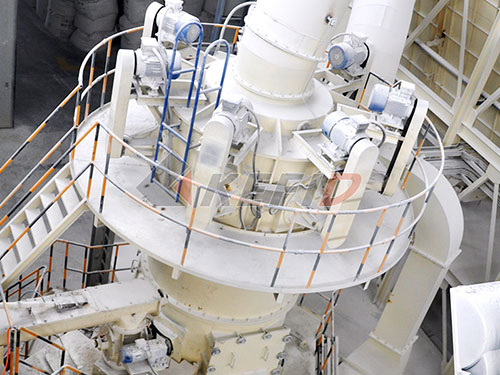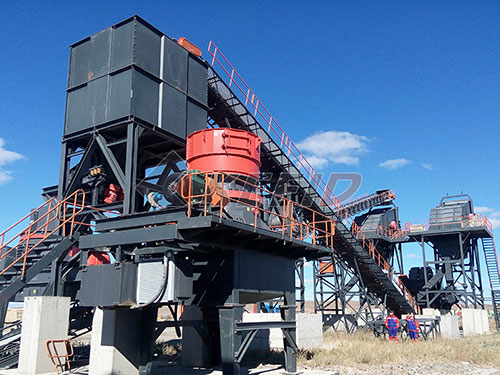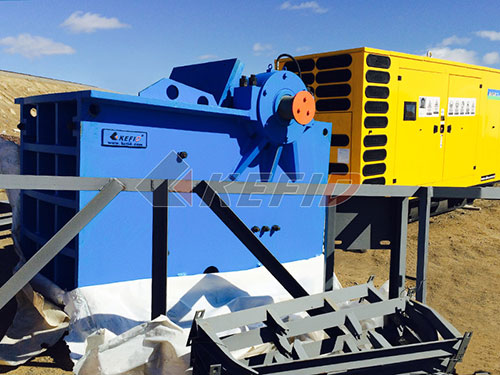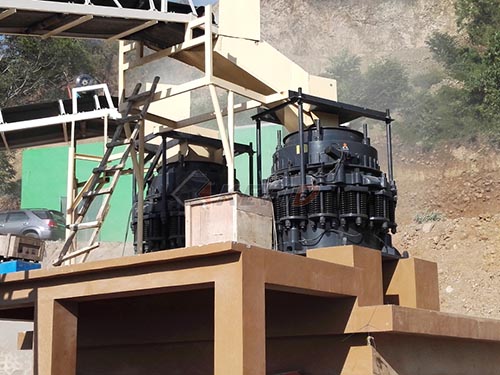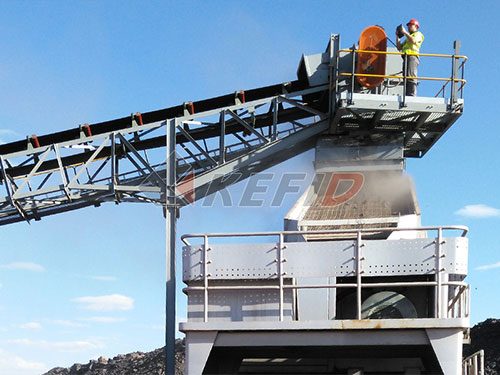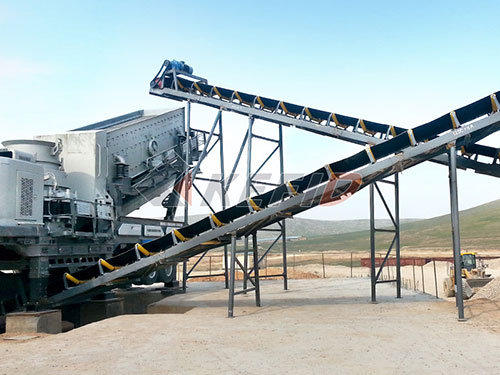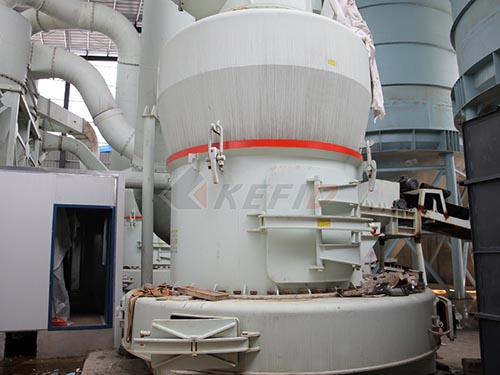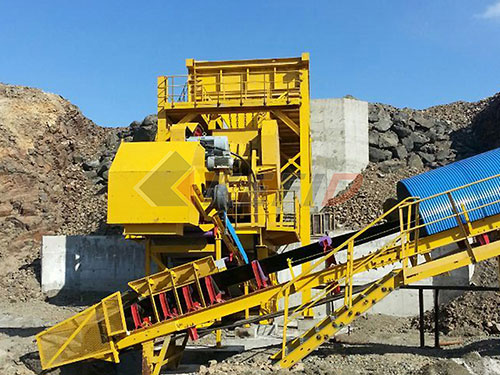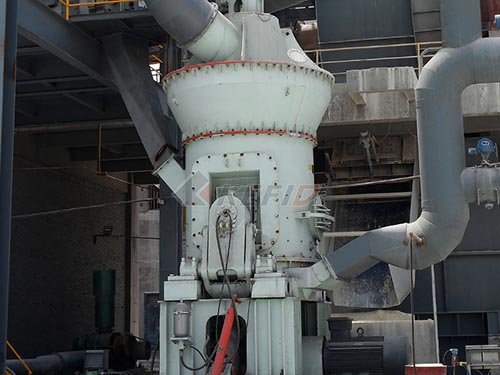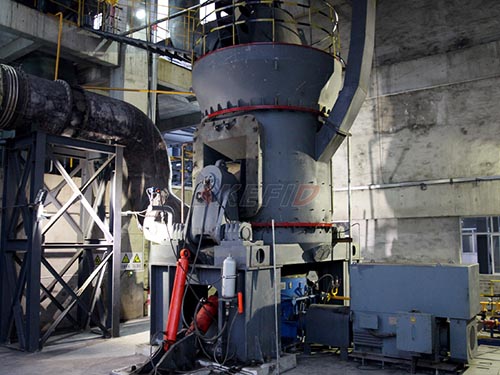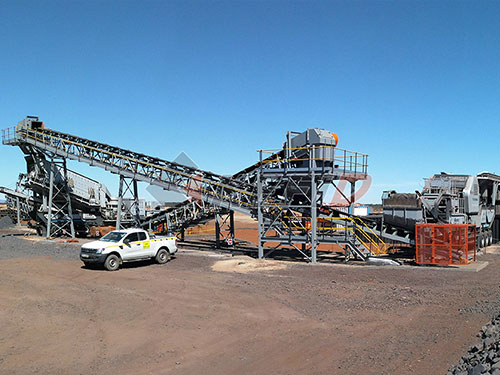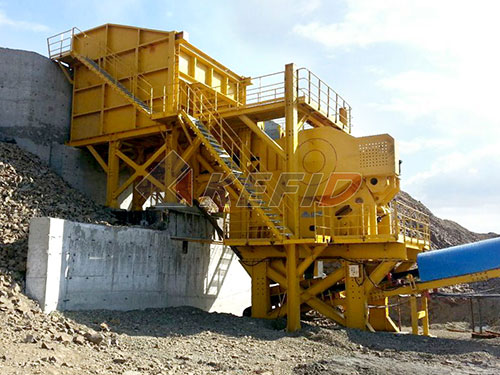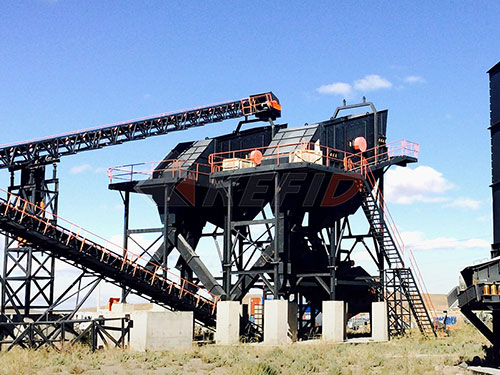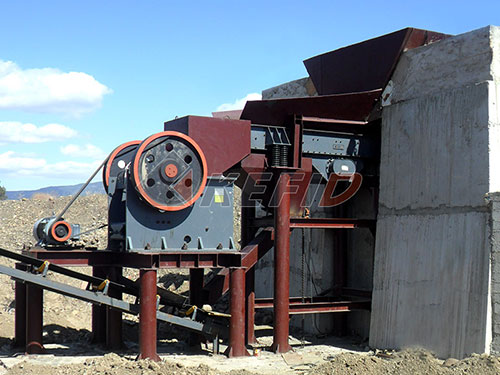The Crushing Solution: Concrete Recycling Powers San Diego’s Sustainable Construction
San Diego’s skyline is constantly evolving, driven by new developments and necessary infrastructure upgrades. Yet, every renovation or demolition project leaves behind mountains of rubble – primarily concrete and asphalt. Instead of burdening landfills like Miramar or Otay with this heavy debris, a smarter, more sustainable solution is taking hold across the county: concrete crushing.
Why Crush Concrete in San Diego?
The reasons are compelling and deeply relevant to our region:
1. Landfill Diversion: Landfills have finite space and high tipping fees. Concrete is incredibly dense and bulky, consuming valuable airspace quickly. Crushing diverts tons of material from landfills annually, directly supporting San Diego’s ambitious Zero Waste goals.
2. Cost Savings: Hauling intact concrete slabs long distances to disposal sites is expensive due to weight and volume. On-site or local crushing dramatically reduces trucking trips and associated fuel costs and emissions – a significant factor given our traffic corridors like I-5 and I-805.
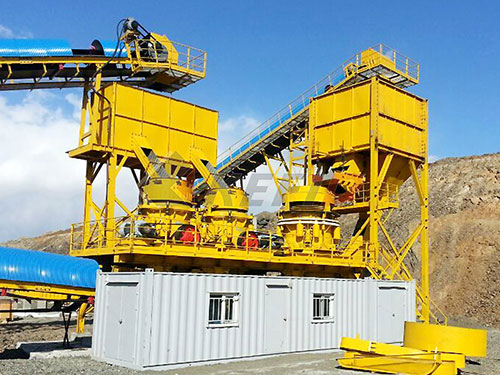
3. Creating Valuable Resources: Crushed concrete isn’t waste; it’s a resource known as Recycled Concrete Aggregate (RCA). This material has numerous applications right here in San Diego:
Base Material: Ideal for new roadbeds (think expansions along SR-52 or SR-125), parking lots, driveways, and foundations under new slabs.
Backfill: Used effectively in utility trenching projects across neighborhoods from La Jolla to Chula Vista.
Drainage Projects: Works well as fill behind retaining walls common in our hilly terrain or in French drains.
Erosion Control: Can be used effectively on slopes vulnerable to erosion after rains.
4. Environmental Stewardship: Using RCA reduces the demand for virgin aggregates mined from quarries in places like Riverside County, preserving local landscapes and reducing transportation-related carbon emissions crucial for improving our regional air quality.
How Concrete Crushing Works Locally
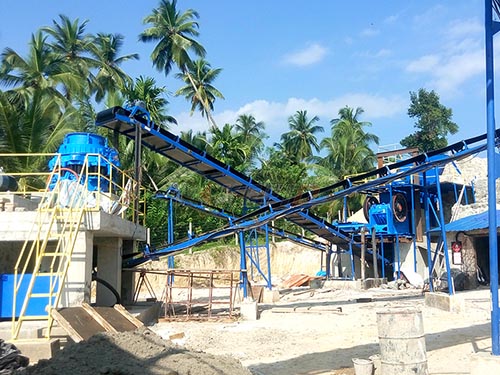
San Diego offers flexible crushing solutions tailored to project needs:
1. On-Site Mobile Crushing: This is often the most efficient option for larger demolition projects (commercial buildings, old foundations) or major construction sites throughout the county – from downtown high-rises to suburban developments in Poway or Carlsbad.
A portable crusher is brought directly to your location via trailer.
Excavators feed

